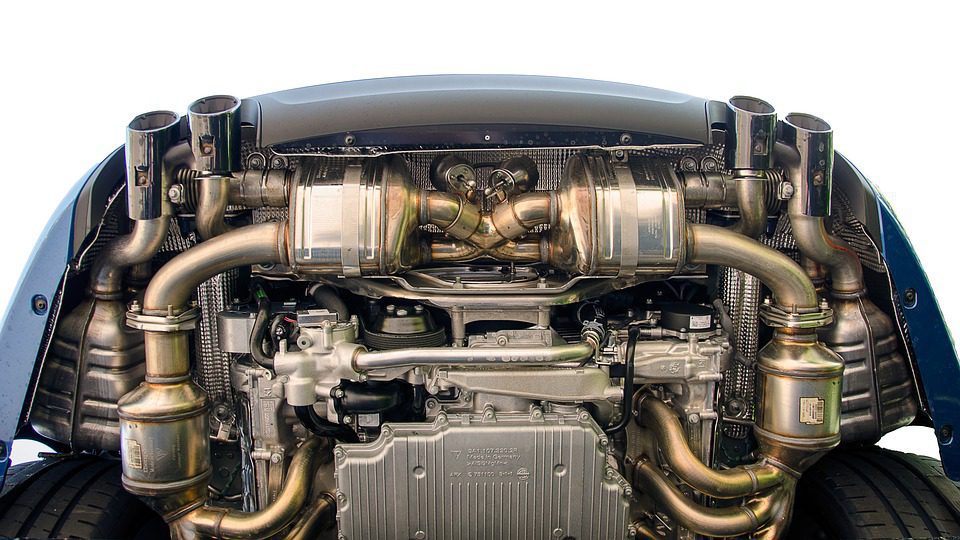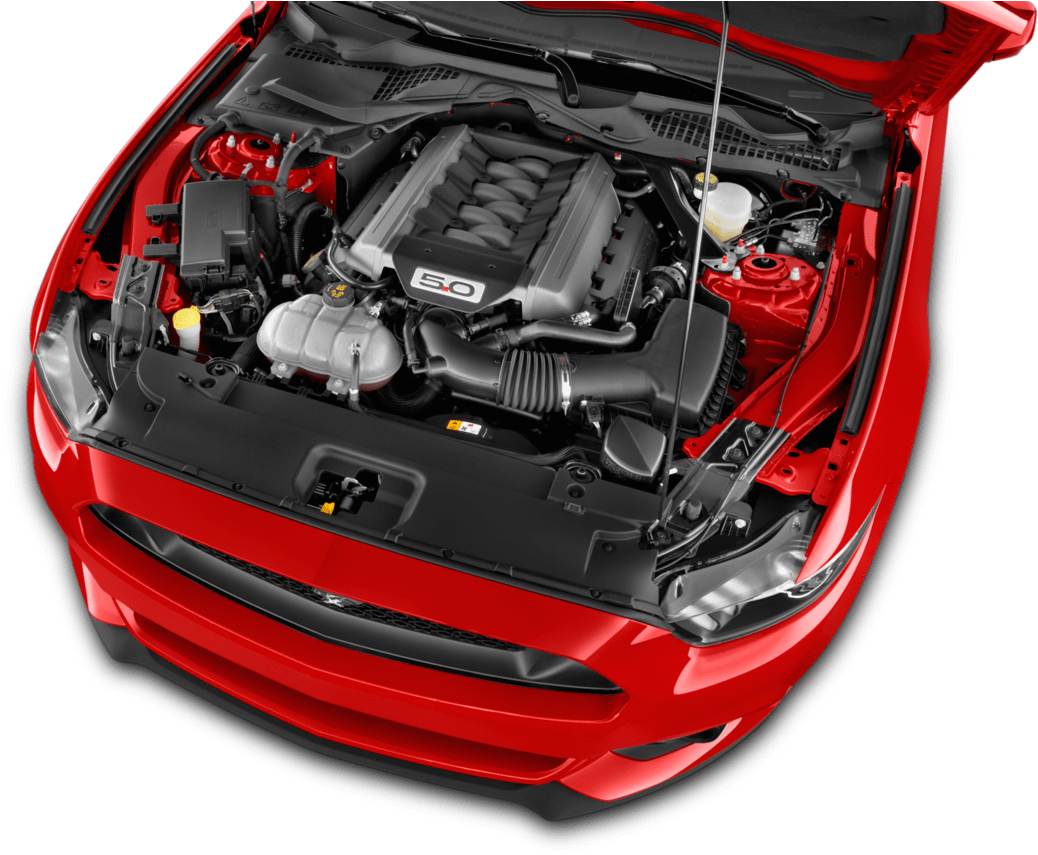Opel Corsa Engine: Everything You Required to Know Prior To Purchasing
Wiki Article
Checking Out the Inner Workings of a Compact Vehicle's Engine System
As chauffeurs, we typically take for granted the complex processes that happen within the boundaries of our car's engine system. In this expedition of a compact automobile's engine system, we will certainly decipher the internal workings of this mechanical symphony, losing light on the mysteries that drive us ahead on our day-to-day trips.Combustion Process Introduction
The combustion process in a portable vehicle's engine system is an important mechanism that successfully converts gas right into power to power the car. This procedure takes place within the combustion chamber of the engine, where gas and air mix, ignite, and create regulated surges. The burning process includes 4 primary phases: intake, power, exhaust, and compression.During the consumption stage, the piston relocates downward, drawing in a blend of air and gas into the combustion chamber. This down activity generates the power needed to drive the automobile. This cyclic burning process is essential to the operation of a small vehicle's engine system, guaranteeing reliable energy conversion for propulsion.
Piston and Cylinder Interaction

The piston's specific fit within the cylinder is important for maintaining ideal compression and preventing power loss during burning. Tight clearances in between the piston and cyndrical tube walls make certain efficient sealing, enabling the piston to relocate smoothly without allowing gases to leak past. Proper lubrication is also vital to reduce rubbing and use between these components, enhancing long life and efficiency.
Moreover, the style and materials made use of in making the piston and cyndrical tube effect engine efficiency and sturdiness. Modern engines typically utilize lightweight yet sturdy materials like aluminum alloys for pistons and cyndrical tube linings to decrease inertia and enhance thermal effectiveness. Generally, the harmonious communication in between the piston and cylinder is fundamental to the engine's capability and general performance.
Gas Injection System Performance
Gas injection systems in small lorry engines play an essential role in precisely providing fuel to the combustion chamber for reliable and regulated ignition. The gas shot system functions by infusing fuel right into the combustion chamber at the optimum moment throughout the engine's operation (opel corsa engine). This precise timing ensures that the fuel mixes equally with the air for appropriate combustion, bring about improved gas efficiency and decreased emissionsThere are mostly two sorts of gas shot systems utilized in portable car engines: port gas injection (PFI) and direct gas injection (DFI) PFI systems inject gas into the intake port prior to the intake shutoff, while DFI systems infuse fuel directly right into the combustion chamber. Both systems have their benefits, with DFI offering much better gas atomization and PFI offering a much more cost-effective option.
Recognizing Engine Cooling Devices
Efficient operation of a portable vehicle's engine relies greatly on the performance of its cooling mechanisms. Engine cooling is vital to prevent getting too hot, which can lead to major damages and lowered efficiency. The air conditioning system in a compact car usually is composed of numerous components collaborating to control the engine temperature. One vital component is the radiator, which utilizes coolant to take in warm from the engine. As the warm coolant moves via the radiator, it launches warmth right into the air, cooling prior to returning to the engine. The water pump distributes the coolant with the engine and radiator, making certain a regular circulation to manage temperature level. In addition, the thermostat aids regulate the coolant flow to maintain optimal engine temperature. Some vehicles additionally have cooling down followers that turn on when additional air conditioning click now is needed, such as during rush hour or warm weather. Understanding these engine cooling devices is essential for maintaining the performance and long life of a small vehicle's engine system.
Exhaust System Components Explained
The optimal performance of a small vehicle's engine air conditioning devices relies on a corresponding system referred to as the exhaust system, which consists of different necessary components for guaranteeing effective exhausts and engine efficiency. The exhaust system includes components such as the exhaust manifold, catalytic converter, muffler, and this tailpipe. The exhaust manifold accumulates exhaust gases from the engine's courses and cylinders them to the catalytic converter. The catalytic converter after that transforms hazardous toxins in the exhaust right into less damaging emissions prior to releasing them via the muffler and tailpipe.One important element of the exhaust system is the oxygen sensor, which keeps an eye on the oxygen degrees in the exhaust gases to aid manage gas usage and ensure optimum engine efficiency. opel corsa engine. Furthermore, the resonator might be existing in some exhaust systems to decrease noise degrees. In general, the exhaust system plays a vital role in keeping engine effectiveness, lowering damaging emissions, and making certain a quieter driving experience for small vehicle owners

Final Thought
Finally, the portable vehicle's engine system is a complex mix of parts that function with each other to assist in the burning procedure, transform fuel into power, and remove waste gases. Comprehending the internal operations of the engine system, including the piston and cylinder interaction, fuel injection system, engine cooling devices, and exhaust system components, article source is important for maintaining ideal efficiency and performance of the automobile.The combustion process in a portable car's engine system is an essential mechanism that effectively transforms gas into energy to power the lorry.Gas injection systems in compact automobile engines play a critical function in precisely providing fuel to the combustion chamber for efficient and regulated ignition.There are mainly two types of gas shot systems made use of in compact vehicle engines: port fuel shot (PFI) and direct gas shot (DFI) Understanding these engine air conditioning devices is important for preserving the performance and longevity of a small lorry's engine system.
The optimum performance of a portable lorry's engine air conditioning devices depends on a corresponding system understood as the exhaust system, which makes up different crucial components for making sure efficient emissions and engine efficiency.
Report this wiki page